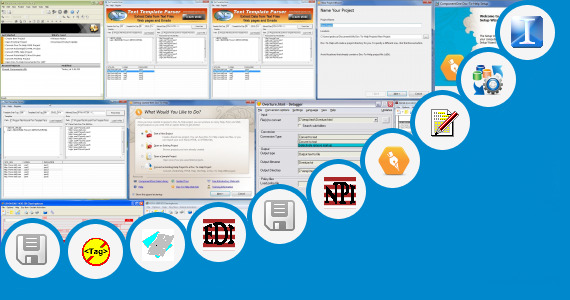- Free Data Entry Software Programs
- Data Entry Training software, free download Windows 10
- Data Entry Training Software free. download full
- Online Data Entry Software
- Data Entry Training software, free download Pdf

- If you are looking for a data entry role, practice the basic skills to help you to quickly get. If you get bored practising, search online for free typing games. If you're referring to using text-to-speech software for a data entry job, I would say no.
- Although not always required, strong 10-key typing skills and some computer knowledge is a plus when looking to get a data entry job. Learning data entry is not difficult, and you can teach yourself the required skills using a variety of free online resources.

This course explores ergonomics, proper finger positions, and formula-entry shortcuts so you can quickly do things like enter large amounts of data into spreadsheet applications like Excel.
Osteoware is a Free Tool for Researchers
Osteoware is an easy to learn software program designed to assist in the documentation of human skeletal remains. It provides for the real-time data entry of quantitative and qualitative observations into a structured query language (SQL) relational database. When the database is established on a networked server up to five individuals may enter data at the same time, though not on the same record.
Key Features
Free Data Entry Software Programs
- A free software program for documenting human skeletal remains.
- Easy to learn and intuitive graphic user interface.
- Incorporates the Buikstra & Ubelaker “Standards” with many expansions.
- Real-time data entry of quantitative and qualitative observations.
- Up to five individuals may enter data on a networked server.
- Powerful structured query language (SQL) for meta-analyses.
- Complete Osteoware User Manual PDF’s and online community support forum.
While Osteoware incorporates the Buikstra & Ubelaker (1994) “Standards for Data Collection from Human Skeletal Remains”, we recognize that other guidelines exist for recording osteological data. In fact each researcher likely has a specialized set of variables specific to their own research needs; however, having a common set of core observations is key to establishing comparisons among skeletal collections documented by different people. Osteoware provides an intuitive data entry system that prompts users to collect these core observations.
Data Entry Training software, free download Windows 10
A Brief History of Osteoware
The need for a computerized data entry system became critical at the National Museum of Natural History (NMNH), Smithsonian Institution, with the passage by Congress of the National Museum of the American Indian Act (NMAIA) in 1989, predating the Native American Graves Protection and Repatriation Act (NAGPRA) by one year. Like NAGPRA, from which the Smithsonian is specifically exempted, the NMAI Act mandates the repatriation of Native American skeletal remains, funerary objects, sacred objects, and objects of cultural patrimony, to culturally affiliated Native American tribes. Thus there was a need to inventory, document, and manage data from the 18,000+ Native American catalog numbers in the physical collections of the NMNH.
Like any project of this scale, Osteoware is built upon the efforts of many individuals and organizations. The foundations of a computerized data entry system were laid down soon after the establishment of the NMNH Repatriation Osteology Lab (ROL). The program was initially a DOS-based Paradox system with text screens and non-relational flat data tables. From the beginning it incorporated the Buikstra & Ubelaker (1994) “Standards”, which is a refinement of the work started by the Paleopathology Association (PPA) Skeletal Database Committee in 1988. The first ROL Data Entry Manual was compiled and edited in 1994 by former Lab Director Dr. John Verano with Dr. Javier Urcid, and predated the publication of “Standards” by a few months. During this time collaboration was on-going between the ROL, the Chicago “Standards” Group, and the University of Arkansas team led by Dr. Jerry Rose (who developed the Standardized Osteological Database, SOD, in FoxPro).
The ROL database has evolved, developing into a full relational database utilizing Structured Query Language (SQL) and a database management system (currently Sybase Advantage Data ArchitectTM) under the guidance and programming skills of former Lab Director Steve Ousley. Some revisions have also been made to the standard dataset collected based on the experience and input of numerous ROL staff over the years. Osteoware has proven to be stabile and has successfully collected well over 100,000 data records at the Smithsonian Institution.
The Osteoware software, educational website, online support forum, and the User Manual are works in progress with future modules and features now in development.

Acknowledgements
Data Entry Training Software free. download full
This project is supported by grants from the Smithsonian Institution Web 2.0 Fund, and the National Park Service, National Center for Preservation Technology and Training (NCPTT). Its contents are solely the responsibility of the project team and do not necessarily represent the official position or policies of the National Park Service or NCPTT.
Online Data Entry Software
© 2018 Smithsonian Institution
Data Entry Training software, free download Pdf
This document, including images, may be copied and distributed solely for non-commercial use, with customary bibliographic and image citation. Altered versions must be plainly marked as such. Any other use of the document or images requires prior permission from the copyright holder.